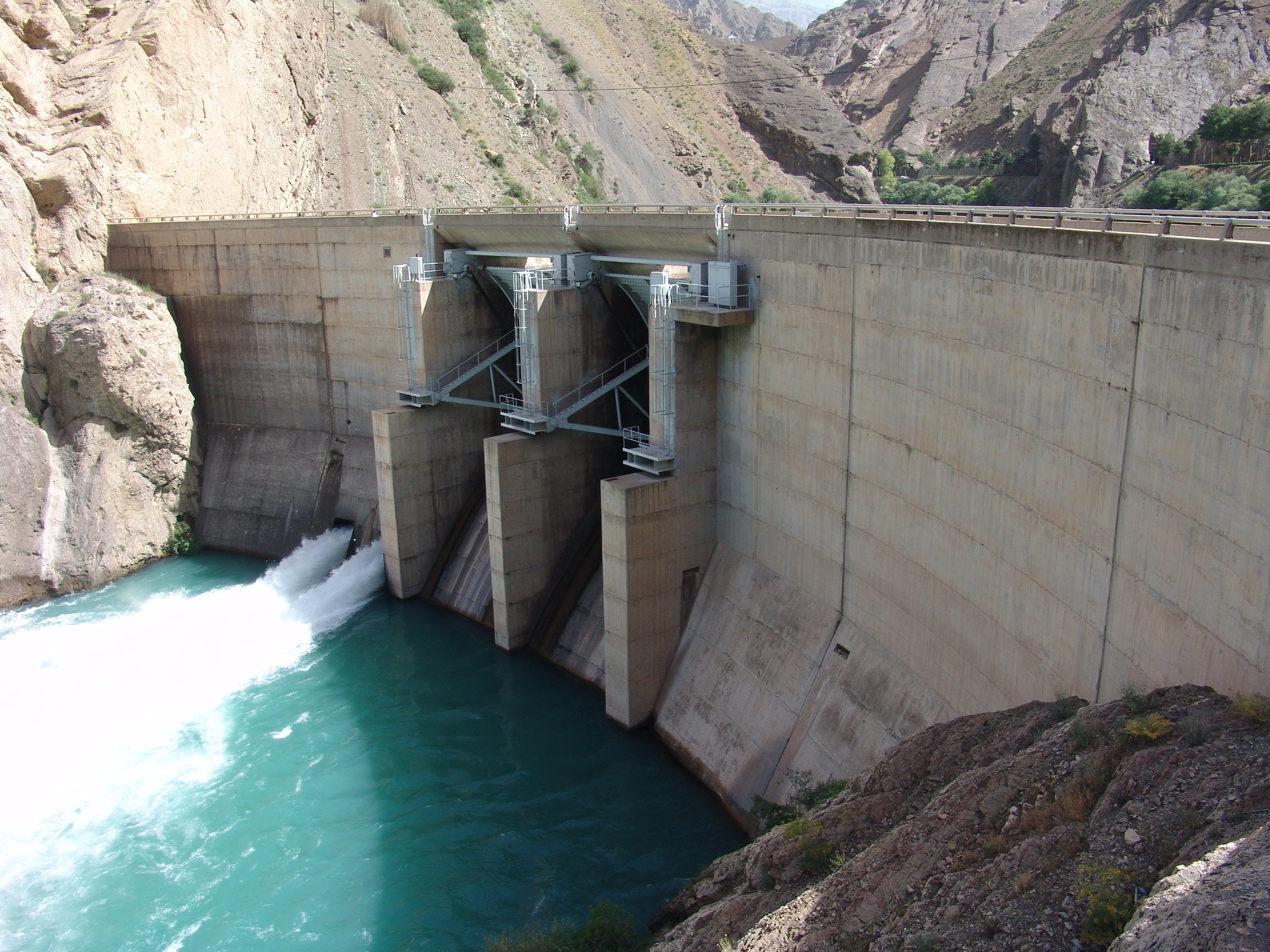Tehran may soon face a double whammy of critical water shortages and blackouts, if rainfalls continue to remain scant and scattered in the next few months, a power industry official said.
For over a decade, low precipitation has adversely affected the life and agriculture of one of the world's most water-stressed countries. Dwindling showers are now threatening to hamper power production at dams that help meet the electrical demand of over 8 million people in the capital.
"Drought and a prolonged dry spell this [fiscal] year [that ends in March] have fuelled concerns about power supply in summer," said Gholamreza Khoshkholq, the head of Tehran Regional Electricity Company, ISNA reported on Tuesday.
"We will have problems producing [enough] power from hydroelectric dams, if temperatures go up and precipitations remain low," he said.
Four dams, with a nominal output capacity of 268 megawatts, provide electricity to Tehran and surroundings, officials say.
"Between March and August, dams around Tehran produced 252,000 megawatt hours of electricity," Mohammad Shahriari, a deputy at TREC, said.
Installed power production capacity stands at around 77,000 MW, including 62,000 of thermal capacity, 12,000 MW from hydropower, 1,000 MW from nuclear power while distributed generation stations and renewables make up the rest.
To manage Tehran's growing electricity demand in summer, over 60 projects should be carried out at a cost of 8 trillion rials (about $200 million).
The Energy Ministry plans to add 3,000 MW to the national grid to guarantee sustainable electricity supply along with an anticipated rise in demand across all sectors.
National electricity demand is forecast to exceed 57,000 MW next summer, as people turn on air-conditioners to alleviate simmering temperatures.
Iran's power demand hit a historic high of 55,400 MW in July, up from about 53,000 MW in the fiscal 2016-17.
Iran's Meteorological Organization has warned that the country will continue to receive low levels of precipitation until the end of the current fiscal year on March 20.
"The general precipitation is expected to be lower than normal in all regions of the country by mid-January, except a short period of above-normal rainfall in the northern strip and normal rainfall in a few other regions," the organization said late last month.
The average temperature is predicted to be up to 1 degree Celsius above normal in most of Iran, with the heat further compounding the water and power supply concern.
Water scarcity has been even more disconcerting in southern and western Iran. Officials say the precipitation rate dropped by 55% and 48% in Ilam and Khuzestan provinces respectively in the past water year compared to the previous year.


